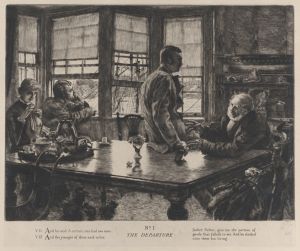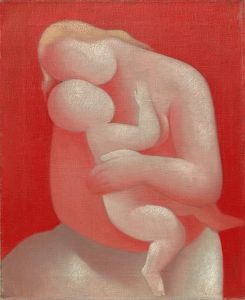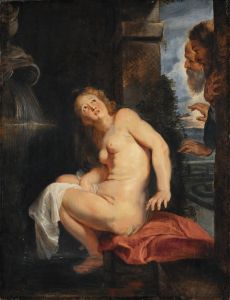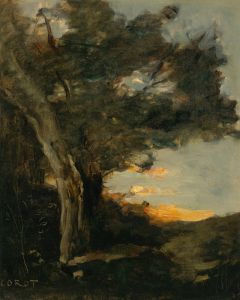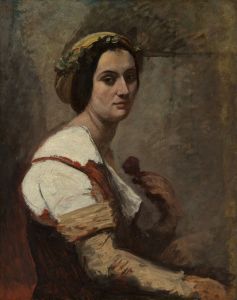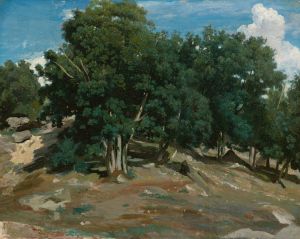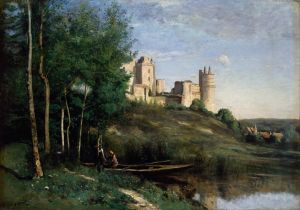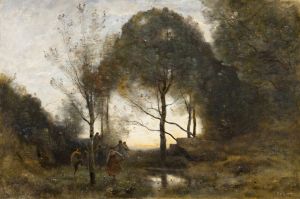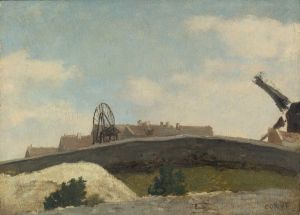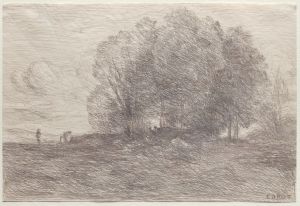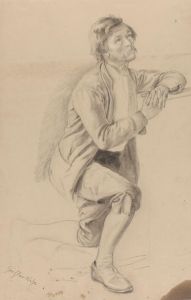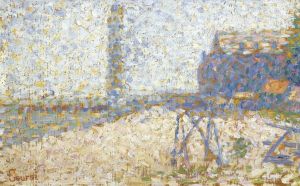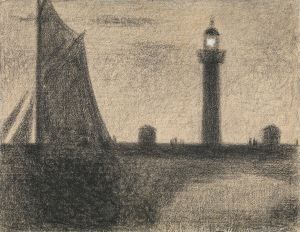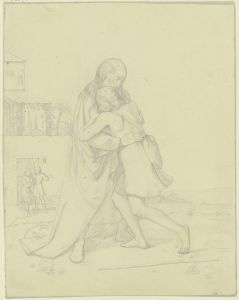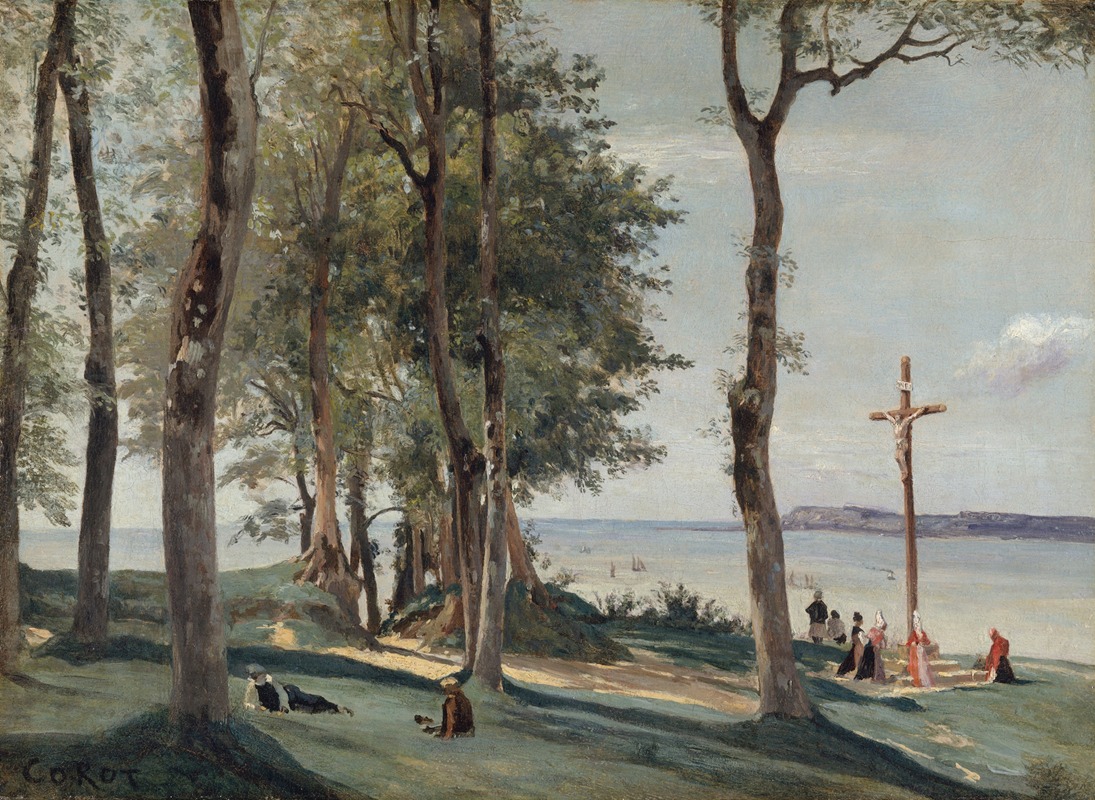
Honfleur; Calvary
A hand-painted replica of Jean-Baptiste-Camille Corot’s masterpiece Honfleur; Calvary, meticulously crafted by professional artists to capture the true essence of the original. Each piece is created with museum-quality canvas and rare mineral pigments, carefully painted by experienced artists with delicate brushstrokes and rich, layered colors to perfectly recreate the texture of the original artwork. Unlike machine-printed reproductions, this hand-painted version brings the painting to life, infused with the artist’s emotions and skill in every stroke. Whether for personal collection or home decoration, it instantly elevates the artistic atmosphere of any space.
Jean-Baptiste-Camille Corot was a prominent French landscape painter and a pivotal figure in the transition from traditional Neoclassical painting to the innovations of Impressionism. One of his lesser-known works is "Honfleur; Calvary," which reflects his deep engagement with the natural world and his ability to capture the subtle interplay of light and atmosphere.
Corot was born in Paris in 1796 and began his artistic career relatively late, in his mid-20s, after working in his family's textile business. He studied under the landscape painter Achille-Etna Michallon and was influenced by the Barbizon School, a group of painters who sought to break away from the formalism of the studio and paint directly from nature. This approach is evident in Corot's work, which often features serene landscapes imbued with a sense of tranquility and poetic beauty.
"Honfleur; Calvary" is a painting that exemplifies Corot's mature style, characterized by a delicate balance between realism and idealism. The painting depicts a scene in Honfleur, a picturesque port town in Normandy, France, known for its charming harbor and historical architecture. Honfleur was a popular destination for artists in the 19th century, and Corot visited the town several times, drawn by its scenic beauty and the quality of light that played over its landscapes.
In "Honfleur; Calvary," Corot captures a view of the town with a focus on a calvary, a type of monumental crucifixion scene often found in the French countryside. The painting is notable for its soft, muted palette and the way Corot uses light to create a sense of depth and atmosphere. The composition is carefully structured, with the calvary positioned as a focal point, drawing the viewer's eye into the scene. The surrounding landscape is rendered with Corot's characteristic sensitivity to the nuances of light and shadow, creating a harmonious and contemplative image.
Corot's technique in this painting reflects his mastery of plein air painting, a method that involves painting outdoors to capture the fleeting effects of light and weather. This approach allowed Corot to infuse his landscapes with a sense of immediacy and vitality, qualities that would later influence the Impressionists. Although Corot's work is often associated with the Barbizon School, his unique vision and style set him apart, earning him recognition as a precursor to modern landscape painting.
Throughout his career, Corot remained committed to exploring the natural world and its myriad expressions. His paintings, including "Honfleur; Calvary," reveal a deep appreciation for the beauty and complexity of the landscape, as well as a profound understanding of the interplay between light, color, and form. Corot's legacy is evident in the work of later artists who sought to capture the essence of nature in their own paintings.
"Honfleur; Calvary" is a testament to Corot's enduring influence and his ability to convey the quiet majesty of the natural world. While the painting may not be as widely recognized as some of his other works, it remains an important example of his artistic vision and his contribution to the evolution of landscape painting in the 19th century.





